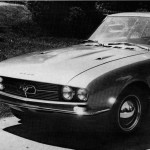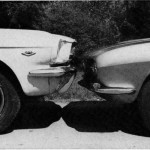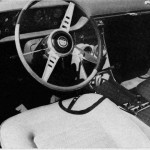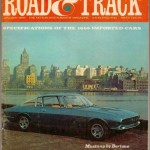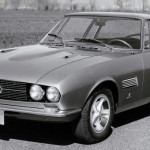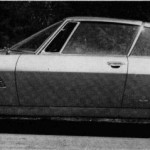Behold the Bertone Mustang
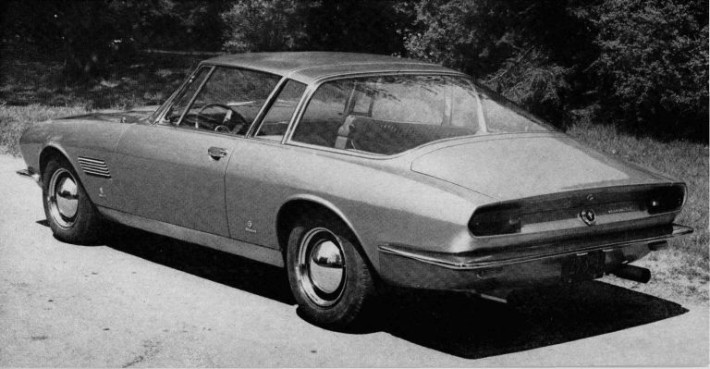
If you are the editor and publisher of the automotive answer to American Heritage or The New Yorker, then you can’t have a car that is normal. Instead, you need a car that fits the mold of chic and circumstance. You need a coach-built car that doesn’t feel or look like a kit car, but instead a car built to your taste, with quality throughout. That’s exactly the car that automotive icon L. Scott Bailey wanted built for the New York Automobile Show of 1966. At that time, there was no one better than Carrozzeria Bertone to get the job done, but it would involve getting the car to Europe.
L. Scott Bailey was the editor and publisher of Automobile Quarterly who, in 1966, commissioned Bertone to make his Mustang special and in time for the New York Automobile Show. It was going to be one hell of an effort when you consider the 1965 Mustang was still relatively new and you’d have to get it across the Atlantic and into Bertone’s hands. Luckily, Alitalia was able to get it to Europe in time.
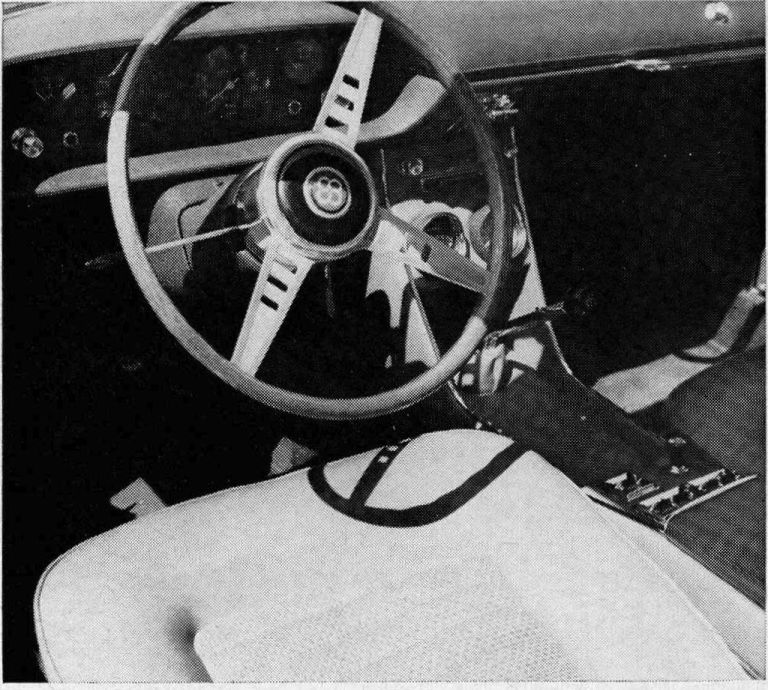
There were no changes to the engine and drivetrain, no changes to the suspension. It was just a re-body, but Bertone was given no limits. Well, he was only given two: No mechanical changes, and it can be any color, just not the Red it arrived in. It was that simple, but that daunting at the same time.
It was a fairly magnificent car, when you consider just how drastic the change was. The entire car was made more aerodynamic — from front dimensions to the far more raked front windshield to the rear fastback that went from b-pillar to trunk. Even in doing so, the Bertone Mustang was easy to get into and out of, possibly easier than it was from the factory. It was also far easier to see out of, thanks to the b-pillar also being made out of glass.
Inside, the changes were done with a mix of original Ford Mustang parts and hiding them with Bertone technique. For example, the dashboard is still a Mustang shape, but changed with new metal. The ashtray is Ford all the way, but remade with the new dashboard in mind. The rear seats are also Ford, but modified to create folding rear jump seats to make it a new luggage shelf. It’s an eclectic mix of OEM Ford and Bertone that makes it work so well.
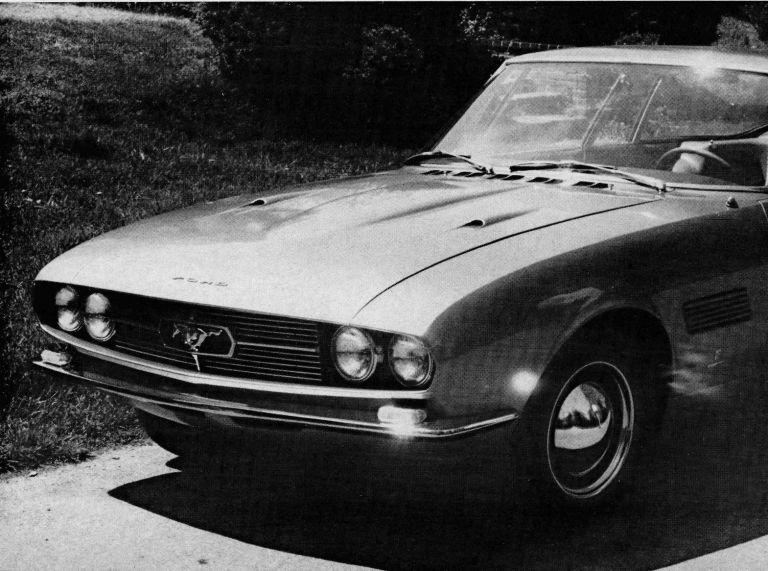
That lower hood height actually necessitated a few odd ideas, too. While there was to be no engine modifications, the original radiator for the 289 engine was shorted by three inches. To clear the carburetor and front shocks, bulges were made into the hood. The two “ram air” styled ones are for the shocks.
So, did these improvements do anything else besides make the car look good? Yes, actually. Visibility was far improved and made driving in traffic even easier. Driving was said to also be improved, thanks to changing the steering angle. The last foot of the steering column slants upwards and the wheel is at 28.5-degrees from vertical on the Bertone versus the 21-degrees stock. This made driving ergonomics better for the driver, made necessary due to lowering the height of the cowl.
There may have been some improvements thanks to the one-off wheels as well. They were cast out of magnesium with 185-X-14 Pirelli Cinturatos wrapping around them. However, you don’t see them in these pictures and there is a pretty good reason, just check out the original Road and Track article from 1966 and you’ll see what I mean.
Chime in with your thoughts on the forum. >>
Via [Road & Track]

